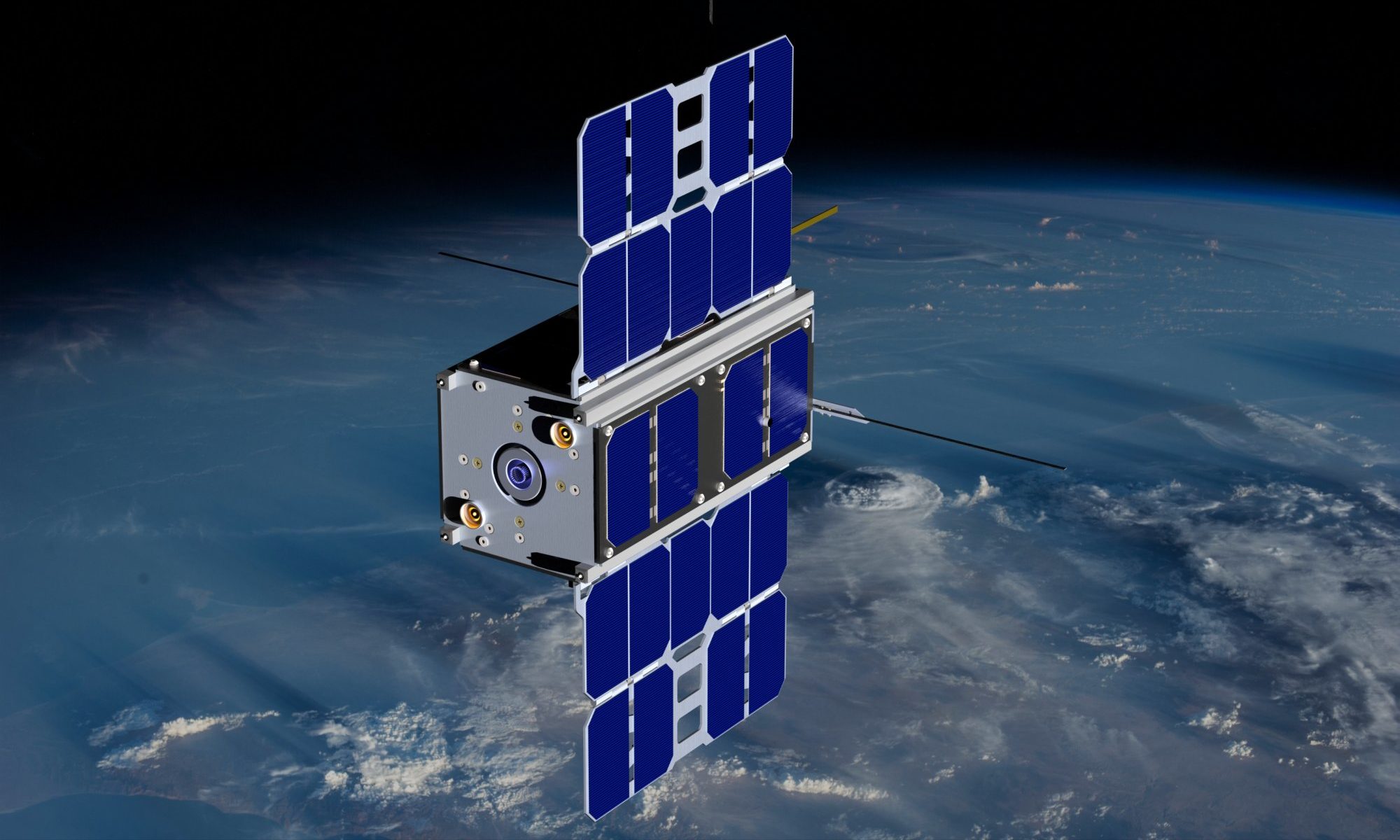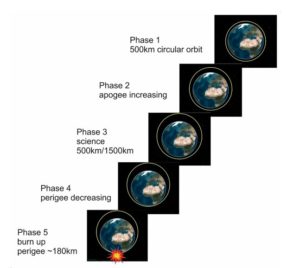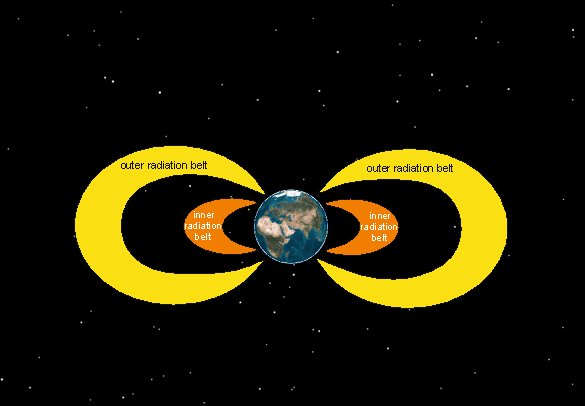The Austrian Satellite


CLIMB is the name of a 3U CubeSat, which is under development by the Fachhochschule Wiener Neustadt FHWN in cooperation with the Space Tech Group Austria STG-A.
The name “CLIMB” is deviated from “climbing to higher orbits”.


Austrian Satellite round trip into the Van Allen Belt
The Austrian Satellite


CLIMB is the name of a 3U CubeSat, which is under development by the Fachhochschule Wiener Neustadt FHWN in cooperation with the Space Tech Group Austria STG-A.
The name “CLIMB” is deviated from “climbing to higher orbits”.
CLIMB is largely an educational project with the goal to educate students in spacecraft engineering and spacecraft operation as well as in scientific aspects of a space mission.
CLIMB will be deployed from the launch vehicle into a Low Earth Orbit (LEO) of about 500km altitude and an inclination of 98° (quasi sun synchronous orbit). After the launch and early operation phase (LEOP) and the commissioning phase, both phases will last some weeks, CLIMB will start to increase the apogee of the orbit with the help of its thruster up to 1500km. The thruster is a field-emission electric propulsion (FEEP) system, which is using liquid Indium as a propellant. When the satellite reaches an apogee of 1000km, an altitude where the inner Van Allen Belt begins, the science phase will start and the mission will focus on data collection of the magnetic field and radiation dose. After reaching the maximum apogee and finishing the science objectives, CLIMB will lower the perigee of the orbit with the use of the thruster into the denser areas of the atmosphere. The mission will end with the satellite breaking up and burning up completely in the atmosphere at a perigee between 200km and 180km.

The primary mission objective of the project is the education of students. In order to increase the educational benefit, the mission shall have also a real technological and scientific objective. This allows also to include engineers and scientist from industry and R&D oriented entities
Scientific and technological objectives:
The Earth’s magnetic field is capturing energetic charged particles (solar wind and cosmic rays = galactic radiation) in two belts round the Earth. These, mostly electrons and protons, are trapped in the two belts, thus the belts are preventing the Earth from these hostile particles. James Van Allen has discovered in the middle of the 20th century these Earth´s belts, which are later known as the Van Allen Belts.
Located at the inner magnetosphere of the Earth, the inner belt starts at an altitude of about 1000 km and expands up to 6000 km. The outer belt starts roughly at 13000 km and expands up to 60000 km.

In general, space missions try to avoid touching or flying through the Van Allen Belt or try crossing through the belts as quickly as possible. The reason for this are the significantly increased levels of radiations which causes problems and damage to electronic systems and can even result in a total loss of the space-craft.
The CLIMB mission has exactly those regions as its mission targets. Major objective is to assess the survivability of CubeSat technology in such problematic region and taking scientific data.
Amateur radio payload
The S-band transceiver will operate as a ham radio digipeater in mission phases, where the power budget is positive and the S-band antenna is pointing towards earth.
Documents for Ham Radio Operators
All documents are preliminary versions and may be
changed without notice during the mission design.
The satellite CLIMB is
equipped with 2 communication modules, one in the 70cm ham radio band (STACIE-D) and one in the ham radio S-band (STACIE-S).
The technical documents for receiving and decoding the signals you can find
here:
Ham operator manual 01 CLIMB STACIE D.pdf
More Information about Climb at the FH Wiener Neustadt.
Please write us an E-Mail to mailto:team@myclimb.at